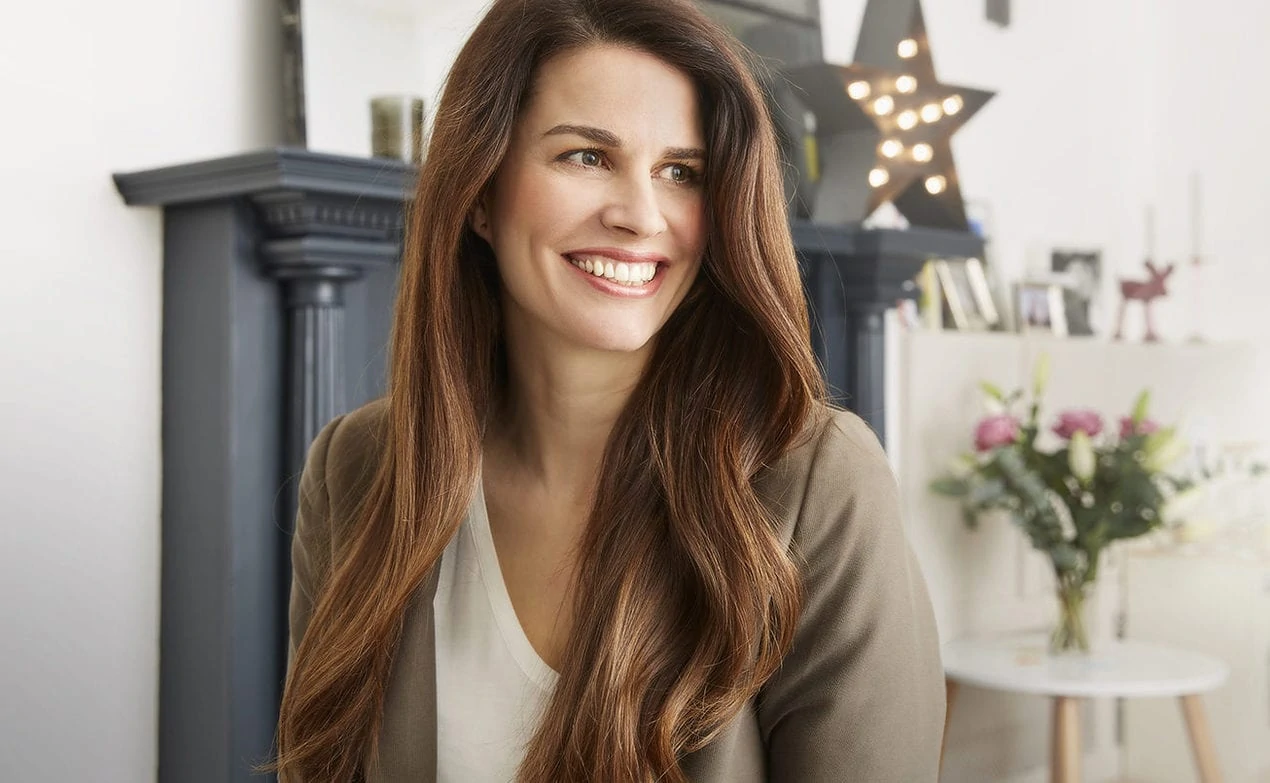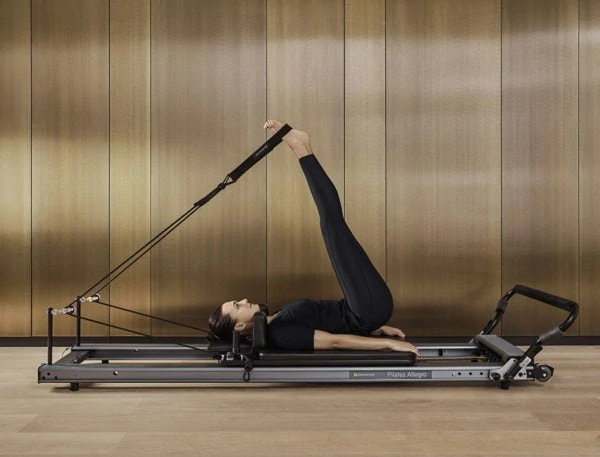There’s never been a more important time to invest in your self-care, with wellness and meditation practices proving more popular than ever. But there’s one meditation technique on the rise that you may not have heard of: Sophrology. Hugely popular in continental Europe, where it has been practised since the Sixties, this modern practice uses a combination of breathwork, simple movements and visualisation to help with anything from sleep and anxiety to confidence building and anger management. Here, leading Sophrologist and founder of London’s BeSophro clinic, Dominique Antiglio, shares the principles of the practice and why it’s proving more useful now than ever.
 Pin
Pin What is Sophrology?
Widely followed in Europe, Sophrology was created 60 years ago in Spain by Professor Alfonso Caycedo, a psychiatrist and neurologist searching for a gentle practice to ease the physical and mental stresses of daily life for his patients, and develop harmony of body and mind.
Decades ahead of the recent popularity of mindfulness, Sophrology – or ‘dynamic relaxation’ – has been shown to be an effective tool in dealing with stress and associated issues, allowing us to nurture and develop our inner resilience, confidence and clarity. Its unique blend of Eastern philosophy and practices with Western science makes it a highly contemporary way to tap into our own inner ‘superpowers’ – using simple tools that draw on relaxation, meditation, breathing, visualisation and body awareness exercises.
Why do we need Sophrology?
With the global pandemic, we currently find ourselves in the mist of an incredibly challenging situation, which is proving to be an intense time for everyone. Practising Sophrology has helped me let go of frustrations and tap into the positivity and optimism I need in my daily life. I’m really not sure how people get through this time without having some sort of self-care! Sophrology is a great tool for supporting your mental health and for keeping your energy in a good place. And you don’t need to have practised it for years, either – it very quickly gives you an opportunity to overcome tension and connect to whatever you need to move forward, which is essential right now.
How does Sophrology differ from more traditional forms of meditation?
Sophrology is amazing for people who are busy, who have minds that tend to race and that perhaps initially find it hard to meditate and just sit still. Modern life is a busy life, so our bodies are full of adrenaline and our minds are constantly being bombarded with information – it can be a big jump to suddenly ask people to sit down and contemplate.
The practice acts as a bridge between this state of agitation and reaching a state of calm, because of the way it grounds through movement, breath and visualisation. It’s very practical, which is ideal for people who are looking for solutions, whether they’re actively seeking to transform anger into love or tension into confidence, or learn how to improve their sleep or heal faster.
How can you start practising Sophrology?
I always recommend people start with the breath. At a time when you feel stressed during the day, just stop for a moment and put one hand on your chest and one on your stomach and start to recognise where you breathe from. People who are stressed usually lock their breath and breathe more from the chest – becoming aware of that and encouraging abdominal breathing is a nice trick to stop the fight or flight response in the body and connect with a state of calm.
Using body awareness is also very powerful to calm the mind and recentre. In Sophrology we use a series of exercises, like head rotations, where you turn your head from side to side, or the shoulder pump, where you move your shoulders up and down – these are simple things you can do in one minute on the spot that will immediately refocus your attention to body sensation and therefore centre your mind and relax you.
Finally, try using your intention – all the visualisation work in Sophrology is based on setting an intention and then helping your brain rewire towards this new state. You don’t need to do this for long, but perhaps think in the morning what your intention is for that day – which state would you like to be able to go through your day in? And just do one breath or one move with that intention in mind. If you want to make it more powerful, you need to mix all of these things together. Just put aside 10 minutes to do them – all my practices only last 10 minutes and you don’t need to know a lot in order to start.
Until 17 May I’ll be running a series of Instagram Lives on Sophrology, which are a great way to get a feel for what it’s all about. I run them twice a week, on Tuesday and Thursday nights, and each session is half an hour where we go through a series of exercises. There’s a theme every time, so last week we had gratitude, this week I’m going to focus on the immune system. It’s very easy to start with and anybody can do it, you just need a chair. If you don’t have Instagram you can read my book, The Life-Changing Power of Sophrology, or sign up for my online course.
What can Sophrology help with?
In Europe, Sophrology has long been used to help people sleep better – in Switzerland it’s used in sleep clinics to treat insomnia. It’s about giving the tools to people who are suffering from insomnia to do something with their bodies and minds to access a calmer state and regulate their nervous system. But it doesn’t happen overnight – some of my clients need five or six sessions to be able to sleep again, some have needed 10 or 12.
People also use Sophrology for anxiety, stress, emotional imbalances – people come to me to manage their anger, or because they feel depressed. It’s also very useful for confidence building in terms of what you want to do in life, or what your next challenge is; for example, people who are preparing for sports competitions or a stage performance. I have also prepared a lot of women for birth, because in Switzerland it’s a very prominent birth preparation method. Essentially, Sophrology can be used to prepare for any event that triggers a certain amount of uncertainty and fear.
How can Sophrology be included in your daily life?
I’m not strict about when people practise, because I think if you want to do something sustainable you can’t make it an extra stress in your daily life. I encourage people to be responsible for their practice – they will know when they need to do it and when they can skip it. All of this is part of the journey of recognising your needs and what you want. Of course, if you’re looking to improve your sleep you can’t just practice once a week and expect everything to change. Regularity and repetition is key, because if you want to rewire your brain you need the repetition.
There’s also no particular time of day where I recommend people to practise. It’s whenever they have the time and the space, and they feel ready. For example, yesterday I was doing a bit of running and afterwards I had 10 extra minutes so I did a Sophrology session in my garden. It didn’t require me to change anything in my routine, I just did it as part of my running, and that worked. Today I’ll be in my office more so at some stage, when I feel that my shoulders are too tense or I’ve lost my centre, I’m just going to close my eyes in my desk chair and do five minutes. Sometimes I want to work on something specific, if I’m particularly tired or struggling with an aspect in my life, and then I will implement a specific practice for 10 or 20 days, because I feel this is what I need. That’s what is so beautiful about it – you can really do it anywhere.
For more information, visit be-sophro.com









